Sharjah: Carpets are more than mere decorative pieces, they are woven narratives, each stitch a testament to the hands and hearts of their creators. Currently showcased at the BEEAH Headquarters (May 14 - June 3), Naseej: Threads of Hope presents nine exclusive handwoven carpets by distinguished regional and international artists. This intimate exhibition, held under the patronage of Her Highness Sheikha Jawaher bint Mohammed Al Qasimi, reveals the profound stories behind each piece, stories of children’s well-being, community empowerment, and sustainable craftsmanship.
Curated by Fatima Deemas, Naseej: Threads of Hope is the fruit of a collaboration between BEEAH and the Fatima Bint Mohamed Bin Zayed Initiative (FBMI). The exhibition transcends traditional display, commissioning contemporary artists to create original works that intertwine artistic vision with social impact. Aligned with the newly launched Khalid Bin Sultan Al Qasimi Humanitarian Foundation (KSQF), the exhibition doubles as a platform to raise funds for vital community and humanitarian initiatives through an upcoming charity auction.
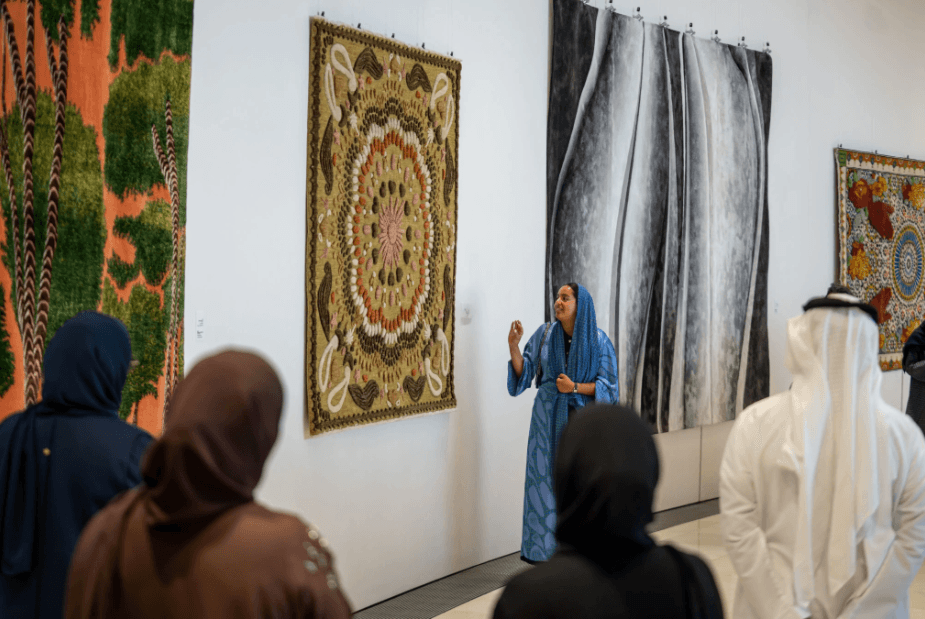
Each carpet is a collaboration with FBMI’s artisan platform, Zuleya, and handwoven by women artisans in Kabul, Afghanistan. The collection is a powerful exploration of children’s well-being, expressed through diverse artistic languages, from abstraction to storytelling, reflecting both personal narratives and universal themes.
Fatima Deemas explains, “We selected artists for their distinctive ability to interpret this theme while embracing sustainable design and social responsibility. Instead of showcasing existing pieces, we challenged them to respond directly to this prompt, creating a dialogue that is both intimate and impactful.”
Among the standout interpretations are works by Sara Kanoo, Faissal El Malak, and Nasir Nasrallah, whose pieces combine playful, childlike aesthetics with profound messages of resilience, identity, and emotional strength. Adrian Pepe’s carpet is inspired by a children’s book, weaving cosmic metaphors of hope and dreams into his design, a poetic nod to the inner worlds of children.
The artists themselves share the inspirations and emotions behind their creations:
Faissal El-Malak’s When I Close My Eyes I Dream of Adventures and Castles in the Sea celebrates imagination as a refuge. The carpet’s structure nods to tradition with a border symbolizing reality’s constraints, while the central surrealist design depicts waves carrying boats toward a fortress, a sanctuary of safety found within a child’s mind.
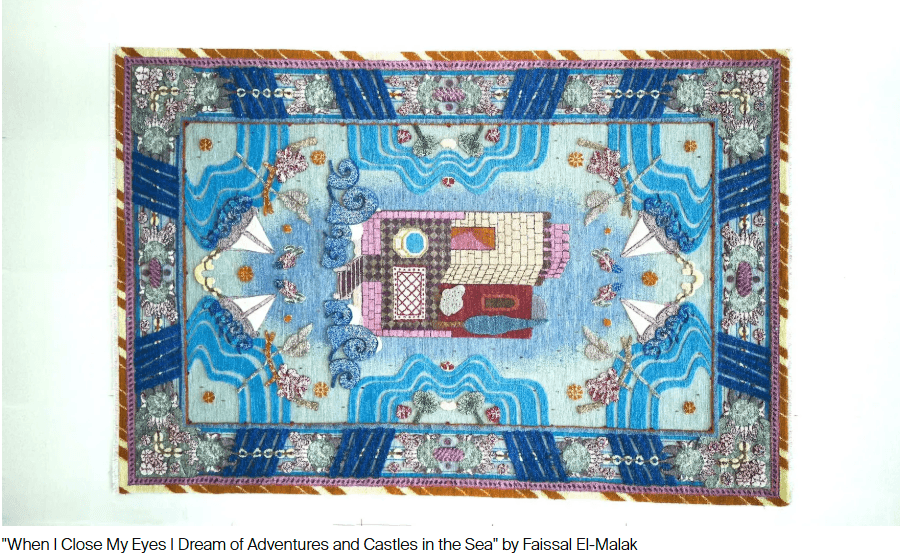
Nasir Nasrallah’s The Wandering Family consists of five character-based carpets forming a symbolic family, emphasizing connection and belonging. Using earthy tones to evoke roots and stability, the pieces explore how emotional support nurtures children’s well-being, transcending distance and physical separation.
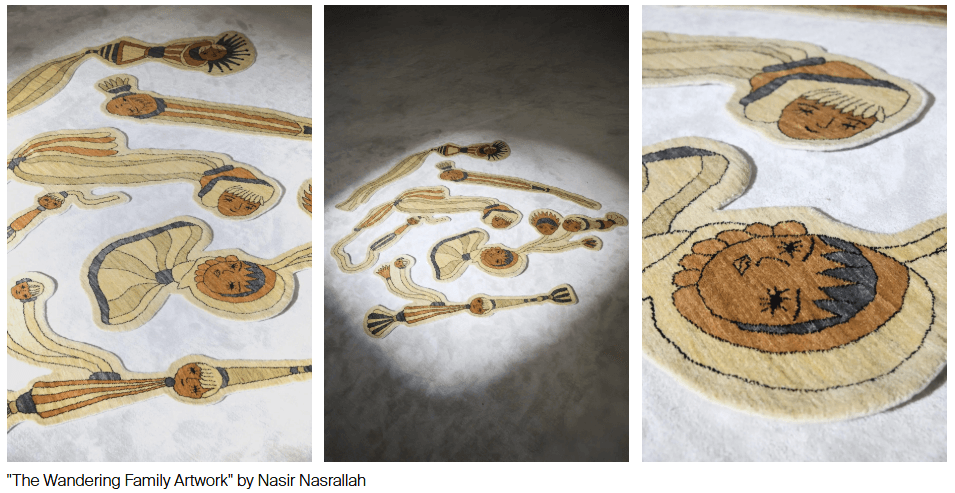
Hessa Alsuwaidi’s The Journey is both a tribute to children’s well-being and the skilled craftswomen weaving the carpets. Her childlike motifs reflect travels and personal experiences, blending soft, nurturing colors to evoke calm and grounding, mirroring the joy and innocence of childhood and the meditative craft of textiles.
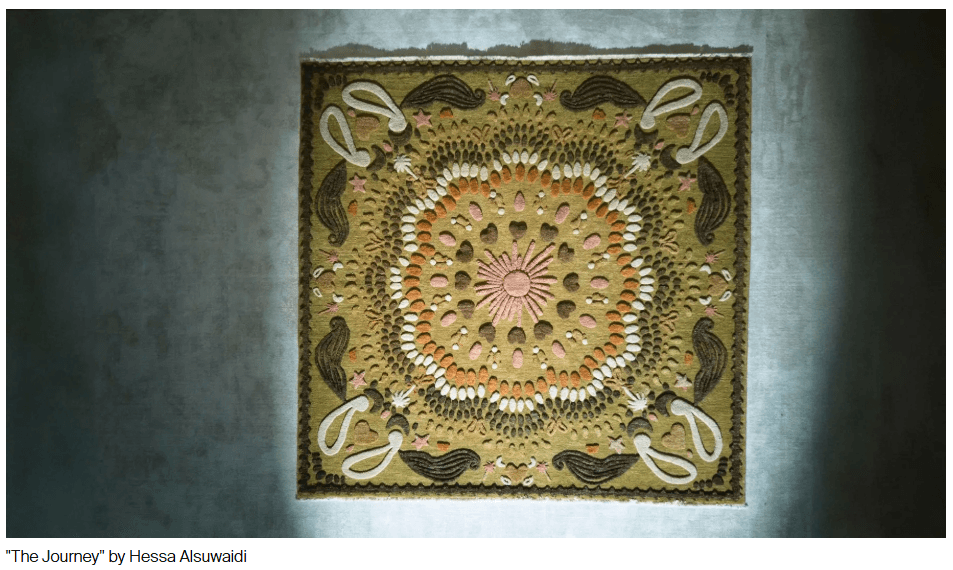
The collective duo Bokja (Hoda Baroudi and Maria Hibri) draws on their activism in The Bisri Cushion motif, now expanded to carpet form. This piece advocates for nature’s preservation, embodying cherished memories of Lebanese landscapes where children freely roam, and urging protection of these precious environments for future generations.
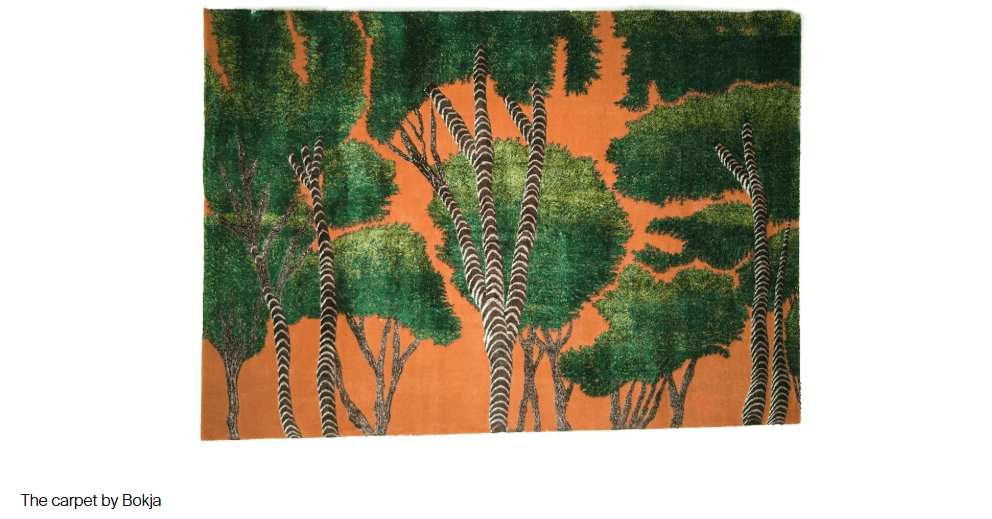
Sara Kanoo’s Woven Tales uses storytelling and cultural memory to express children’s well-being. The design features a palm tree, a symbol of resilience and growth, surrounded by local motifs from landscapes and traditional patterns, blending cultural heritage with playful childlike visuals.
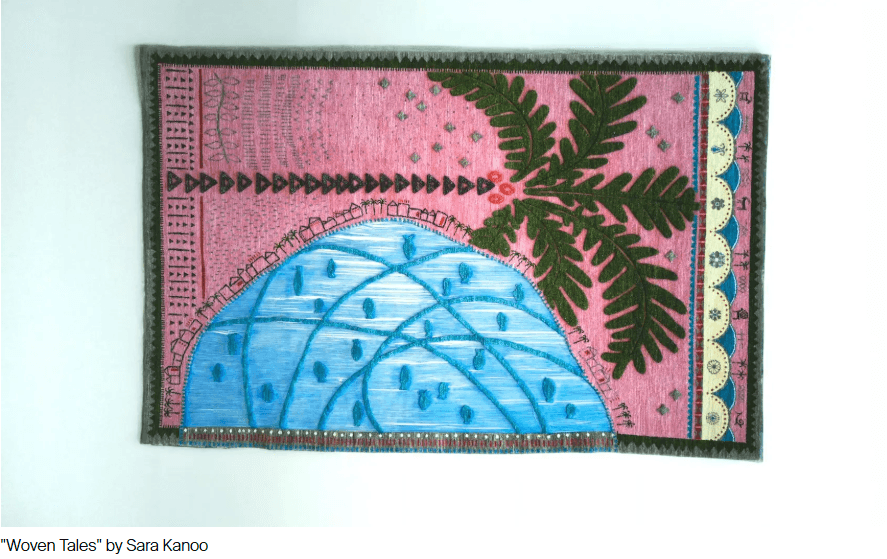
Adrian Pepe’s The World is Round references Gertrude Stein’s 1939 children’s book, capturing the cyclical, repetitive nature of childhood perception. A circular indigo wool carpet set against black goat hair invites reflection on scale, language, and perspective, echoing the awe of seeing Earth from space.
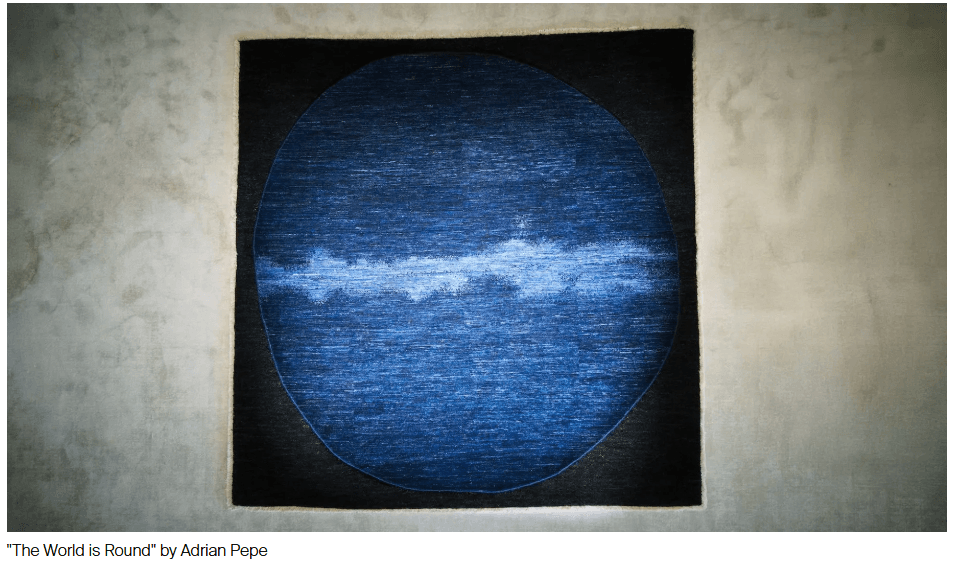
Juma Al Haj’s Loose Leaves: Woven Moment uses natural fibers and subdued hues to evoke the emotional landscape of childhood. His work reflects vulnerability and resilience, contemplating the environments shaping children’s formative experiences through material and texture rather than narrative.
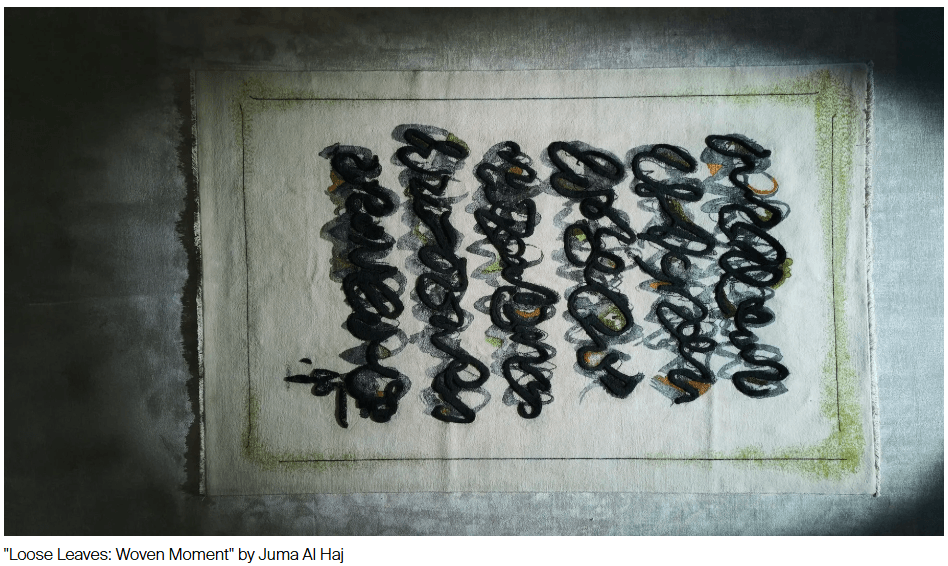
Together, these nine carpets form a poignant tapestry of hope, strength, and resilience, a tribute to children, craftsmanship, and communities woven with care. Naseej: Threads of Hope invites us to see carpets not just as art or craft, but as living stories carrying the promise of a brighter, more compassionate future.
